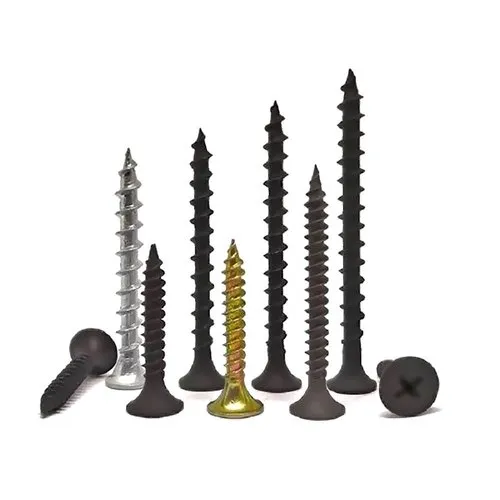
Steel welding encompasses various techniques that are utilised in the fabrication and joining of steel components. These techniques offer different advantages in terms of efficiency, strength, and suitability for specific applications.
1. Shielded Metal Arc Welding (SMAW)
Shielded Metal Arc Welding, also known as stick welding, is one of the most widely used welding processes. In SMAW, an electric arc is created between a flux-coated electrode and the workpiece, generating heat to melt the base metal and the filler material simultaneously. SMAW is versatile and can be used in various positions, making it suitable for both indoor and outdoor welding applications.
2. Gas Metal Arc Welding (GMAW)
Gas Metal Arc Welding, commonly referred to as MIG (Metal Inert Gas) welding, utilizes a continuous solid wire electrode and a shielding gas to protect the weld pool from atmospheric contamination. GMAW is known for its high welding speed and efficiency, making it ideal for industrial applications such as automotive manufacturing and sheet metal fabrication.
3. Gas Tungsten Arc Welding (GTAW)
Gas Tungsten Arc Welding, also known as TIG (Tungsten Inert Gas) welding, employs a non-consumable tungsten electrode to produce the welding arc. A separate filler wire may be used if necessary. GTAW offers precise control over the welding process, producing high-quality welds with minimal spatter and distortion. It is commonly used for welding thin sections of stainless steel and non-ferrous metals.
4. Flux-Cored Arc Welding (FCAW)
Flux-Cored Arc Welding utilizes a continuously fed tubular electrode with a flux core. FCAW can be performed with or without shielding gas, depending on the specific electrode used. This process is particularly well-suited for welding thick steel plates and in outdoor conditions where wind and atmospheric contamination may affect the weld quality.
5. Submerged Arc Welding (SAW)
Submerged Arc Welding involves feeding a continuous wire electrode beneath a blanket of granular flux, which creates a protective atmosphere around the arc and the weld pool. SAW is known for its high deposition rates and deep penetration capabilities, making it suitable for welding thick steel sections in heavy fabrication industries such as shipbuilding and bridge construction.
Each welding technique in steel welding offers unique advantages and is chosen based on factors such as material thickness, desired weld quality, and environmental conditions. By understanding the characteristics and applications of these various techniques, welders can select the most appropriate method to achieve optimal results in steel fabrication and construction projects.
